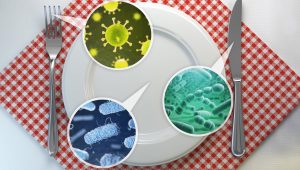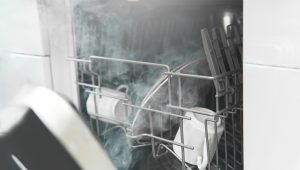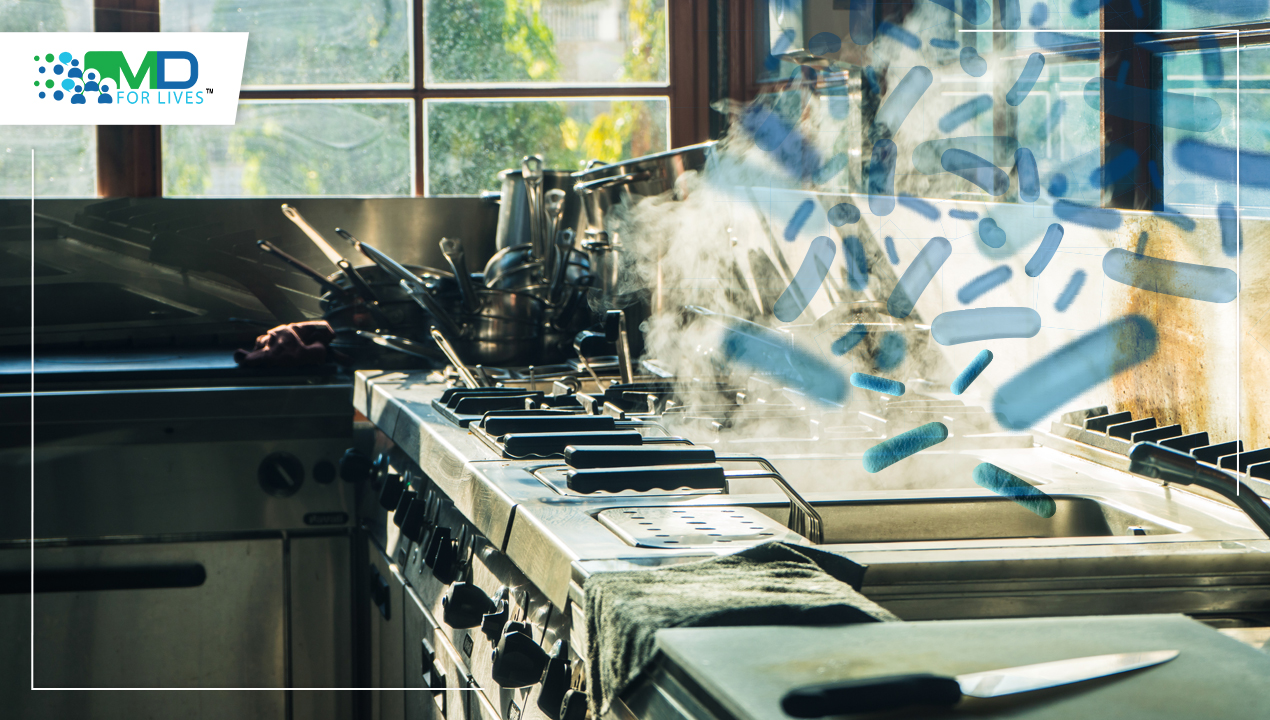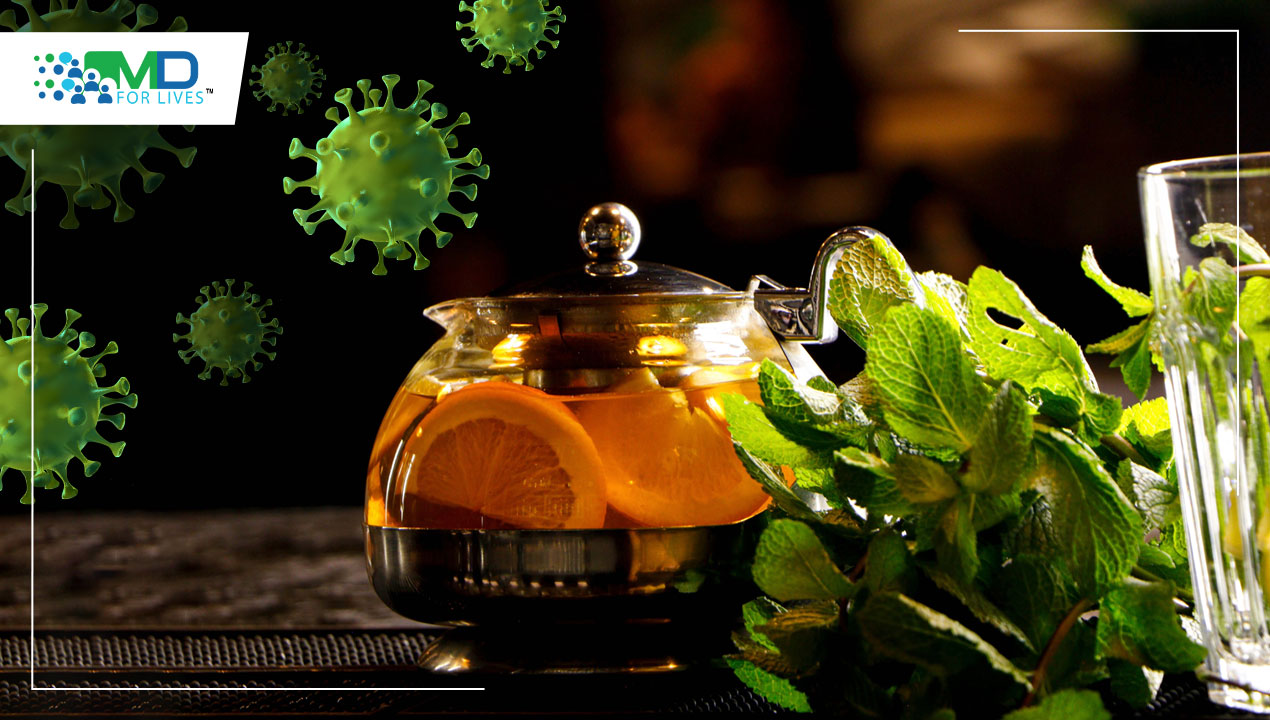Dishwashers that use superheated steam may be a more efficient and sustainable alternative to standard dishwashers. In a simulation of such a dishwasher, researchers discovered that it eliminated 99% of the bacteria on a plate in just 25 seconds. A box with solid sides, a top opening, and a nozzle at the bottom represents the idealized dishwasher. Directly above the nozzle is a plate with bacteria that can withstand heat. The microorganisms are thought to have been rendered inactive once the plate reaches a specific threshold temperature.

Because it has a very high heat transfer rate and a significant impact on the deactivation of microorganisms within a short period of time, superheated steam is used in a variety of applications. For powering locomotives, superheated steam has proven to be more cost- and energy-effective than saturated steam. It is used to cook and dry food as well as clean surfaces like tile and hard floors, furniture, and industrial processing machinery. The activation of microorganisms with superheated steam is quick, chemical-free, and uses little energy. Furthermore, due to hydrophobic surface tension, condensed steam can easily reach cavities and void spaces where water cannot penetrate.

The use of superheated steam in dishwashers to reduce water consumption and cleaning time while avoiding the use of chemical cleaning agents has great potential for restaurants, hotels, and hospitals in the future. Its use can be economically beneficial, particularly in these professional application areas. In addition to removing food residues from dishes, microbiological safety is critical.
Researchers from the Technical University of Dortmund and the Technical University of Munich created a simulation of such a dishwasher and discovered that it killed 99% of bacteria on a plate in just 25 seconds. Due to its high heat resistance, Geobacillus stearothermophilus was chosen as the bacterial model system. The complex supersonic vapor flow and boundary layer detachments were studied using the SST turbulence model. The deactivation of bacteria is predicted to be influenced by interactions between the condensation rate, temperature distribution, steam jet flow, and shock. The surfaces in the dishwasher reflect the shock waves that are produced by the high steam velocity. Although the team’s focus in this work was on bacteria, food debris could one day be successfully removed using shocks. The superheated steam dishwasher would initially cost more, but over time, the savings in water, electricity, and detergent would make up for it. It would be perfect for use in establishments with strict hygienic requirements, such as restaurants, hotels, and hospitals. The interThermalPhaseChangeFoam solver, along with the first-order kinetics equation and the temperature-dependent Arrhenius equation, was successfully used to analyze the flow characteristics of the superheated steam jet, condensation, and bacterial inactivation in the dishwasher.
Large vortices form close to the walls and move into the plate in the dishwasher’s middle. Boundary layer separation takes place close to the dishwasher’s top and side walls. This method enables the precise design of the dishwasher’s operating conditions, number, shape, and location of nozzles, as well as the appliance geometry.
Convection and diffusion of bacteria, as well as the removal of food debris from dishes, require further model development for the numerical simulations. It is important to optimize the operating conditions at the steam inlet, including humidity, temperature, and pressure. This simulation serves as the initial step in simulating the removal of bacteria from the plate surfaces using superheated steam. Superheated steam dishwashers are cutting-edge, healthy appliances that require less time to wash and effectively sterilize while using less detergent.
Superheated steam dishwashers can be a more efficient and environmentally friendly solution. The effectiveness of superheated steam in dishwasher cleaning is demonstrated by the rapid death of bacteria on the plate surface in a matter of 25 seconds. This research serves as a foundation for the design and improvement of next-generation superheated steam dishwashers.

MDForLives is a vibrant community of healthcare professionals and patients dedicated to shaping the future of healthcare. We provide valuable global insights to healthcare companies through online surveys, interviews, and discussion forums.






